
If you have problems breathing, you know how scary that feeling can be. And if your breathing condition is diagnosed as a chronic lung disease, you might fear that it is only going to get worse. But that is not necessarily true if you get the right treatment .
There are around 7 million adults and children in Australia battling some form of lung disease. That makes up 28% of the entire Australian population. It affects men, women, children, smokers and those who have never smoked. Chronic lung diseases are some of the most common medical conditions in the world.
You should always follow your doctor’s recommendation when it comes to the type of breathing treatments you are prescribed. However, it is also good to know which of these breathing treatments are effective against the type of chronic lung disease that you or your loved ones are suffering from.
In this blog, we have explained the most common chronic lung diseases and how to help you gain awareness on different treatments. While our list is by no means all inclusive, it’s a good starting point for broadening your views and how to choose a breathing treatment in combination with the proper daily living aids that fits your condition best.

What are Chronic lung diseases?
Some of the most common lung diseases fall under the chronic obstructive pulmonary disease (COPD) umbrella, including emphysema, asthma and cystic fibrosis which are long-lasting and persistent. Other common lifelong conditions are caused by pulmonary infections, bacterial or viral, like pneumonia, tuberculosis and the current Covid-19.

Although extreme severe cases demand intrusive medical intervention, most cases of chronic lung disease require proper lung care to manage the symptoms. Your doctor is likely to recommend breathing treatments, to alleviate your symptoms and help you breathe properly.
Breathing treatments
Breathing treatments are methods that a GP will recommend to treat respiratory diseases such as airway inflammation, infections, wheezing, shortness of breath, coughing, thick mucus and other respiratory problems.
Breathing treatments include a nebuliser device, respiratory inhalers, oral and intravenous medication. They treat lung or airway infections, chronic lung diseases, asthma attacks or respiratory emergencies.

Why are breathing treatments used?
A GP may recommend breathing treatments due to the following conditions:
Anaphylaxis: an acute, potentially life-threatening, allergic reaction that causes swelling of the tongue, shortness of breath, loss of consciousness, vomiting, upper airway obstruction and low blood pressure.
Lung infection: a chest infection - caused by a virus or bacteria - that affects the lungs, in the bronchis or in the air sacs. In that case it is called: bronchitis or pneumonia.
Chronic respiratory diseases: are a group of not-curable conditions of the airways or other parts of the lungs. It consists of asthma, COPD or Chronic Obstructive Pulmonary Disease, pulmonary hypertension and occupational lung diseases.
Asthma
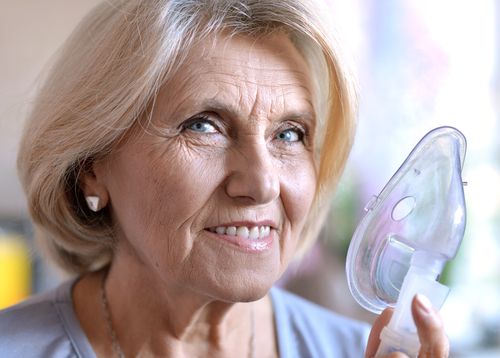
Asthma impacts over 300 million people globally, and around 2.7 million Australians. There is no cure for this illness, and it can lead to potentially fatal outcomes if left untreated. Asthma is a chronic or long-term respiratory disorder involving very sensitive lungs and inflammation of the airways. Symptoms can vary from person to person but include wheezing, cough, shortness of breath and chest tightness.
For an asthma patient, proper respiratory care is very important as their airways are significantly more sensitive compared to a healthy individual. Inhaling certain particles in the air, can trigger and worsen asthma symptoms. Environmental triggers include allergens like pollens, mold, dust or animal fur, to name a few. Irritants such as cigarette smoke and air pollution, or diseases like the common cold, can also trigger an allergic response. Physical activity or infections can contribute to more severe asthma symptoms as well. During an attack an asthma sufferer has difficulty breathing due to the constriction of the bronchi and bronchioles.
How to treat asthma?
The most common breathing treatments for asthma are inhalers, nebulisers, bronchodilators, and anti-inflammatories.
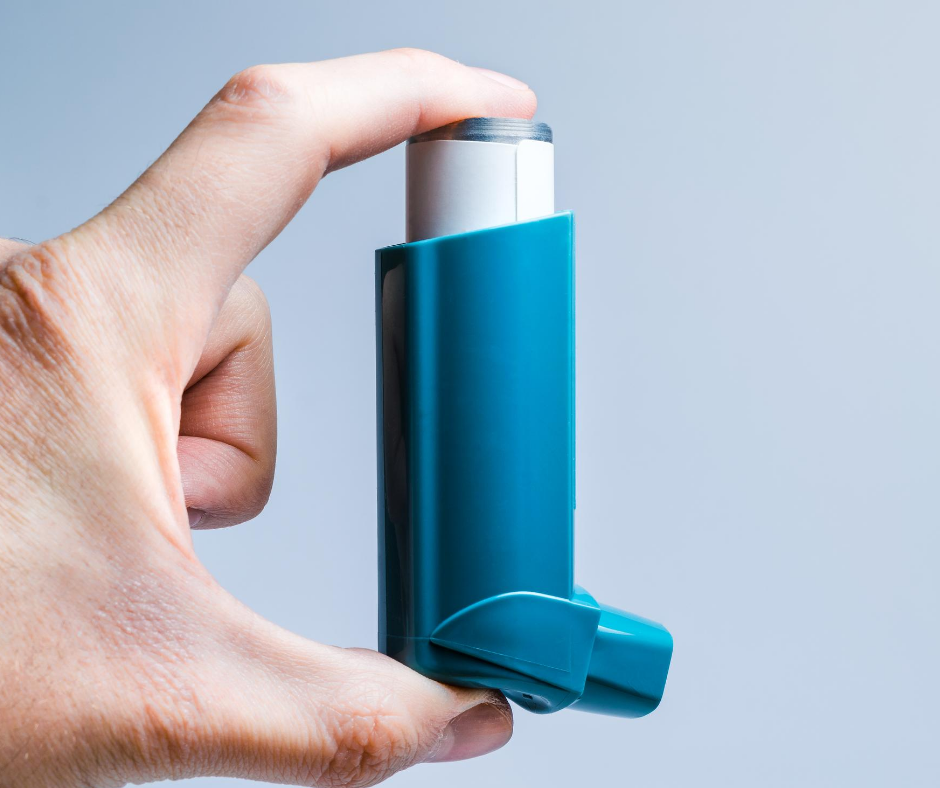
- Inhalers are handheld pressurized canisters containing medication that is delivered through the mouth in an aerosol form. Nasal inhalers work in the same way, albeit they deliver the medication through the nose.
- Nebulisers offer another breathing treatment for asthma patients, whereby you are required to use a mouthpiece or wear a mask for about 10 minutes. The device releases aerosolised medication that soothes the respiratory tract. There are different models of nebulisers: with a battery, on 12 volt or 220 powered, a portable model, a more or less powerful option. Ask your doctor or asthma educator which nebuliser would suit you best.
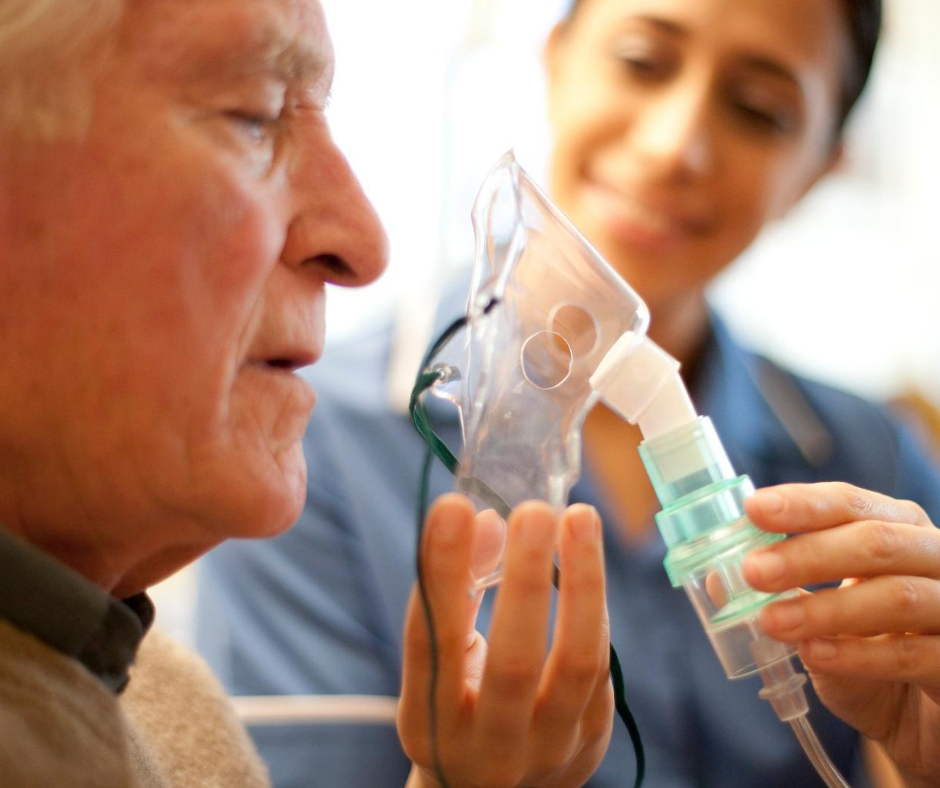
- Bronchodilators work the same way as inhalers and are used to open up your airway passage. These are split into three types including beta-agonists, anticholinergics, and theophylline, and while they are available in various forms, it’s recommended that you take the first two types by inhalation.
- Your doctor might find it necessary to prescribe anti-inflammatory steroids to prevent the onset of your asthma symptoms. Although they don’t offer a long-term solution, anti-inflammatory steroids are still a great preventive breathing treatment, effectively reducing the redness/swelling in your airway passages. These are used with a spacer.
COPD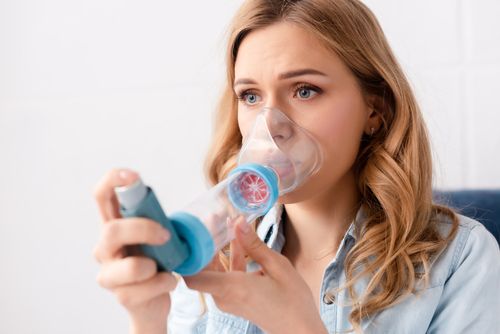
COPD, or chronic obstructive pulmonary disorder, is a progressive debilitating respiratory condition that refers to a group of diseases that cause inflammation in the lungs. COPD develops as a result of long-term exposure to airborne toxins like cigarette smoke.
The most common types of COPD illnesses are chronic bronchitis and emphysema. Regularly people have both of these illnesses simultaneously. According to the WHO, 64 million people worldwide suffer from COPD. 1 in 13 Australians over 40 has this respiratory illness.
If you have bronchitis, your bronchial tubes become narrow and inflamed leading to the build-up of mucus. Emphysema impacts the lungs directly by gradually destroying air sacs to disrupt the outward flow of air. Apart from the lungs, COPD also affects the heart, weight loss, chronic inflammation and muscle decrease.
How to treat COPD?
To treat COPD illnesses - which is highly recommended as untreated COPD can lead to severe respiratory complications - doctors will recommend the use of bronchodilators, corticosteroids, PDE-4 inhibitors, and/or mucus clearing devices for adequate lung care, although bronchodilators and corticosteroids are the most commonly prescribed breathing treatments.
- A bronchodilator is a medication that opens up the airways by loosening tight muscles in the airways. This medicine last between 4 to 12 hours, depending if they are used for short-acting or ongoing symptoms.
- A corticosteroid is a long-lasting anti-inflammatory treatment and helps relax the airway muscle.
- Both bronchodilators and corticosteroids can be administered through either a nebuliser or an inhaler. While some studies have said that nebulisers are more effective at treating COPD symptoms compared to inhalers, the evidence is still inconclusive to declare them as a clear winner. Your doctor may prescribe a combination of treatments for COPD, prescribing you to take nebuliser treatments in the morning/evening times and using an inhaler for your midday dose.
- Phosphodiesterase-4 inhibitors: this medicine helps reduce inflammation and relax the airways. It is prescribed for severe COPD patients with chronic bronchitis.
- Theophylline: is a medication in pill form that eases shortness of breath, chest tightness and prevents flare-ups. It is an older medication and generally not a first-line treatment for COPD.
- If you wish to measure whether your body is getting enough oxygen, you may want to try out a pulse oximeter. This device is able to detect the amount of oxygen in your bloodstream through a non-invasive method. If your lungs are not supplying enough oxygen to the body - and you suffer from COPD - you should consult your GP about the changes you should make in your treatment to improve your body’s oxygen intake.
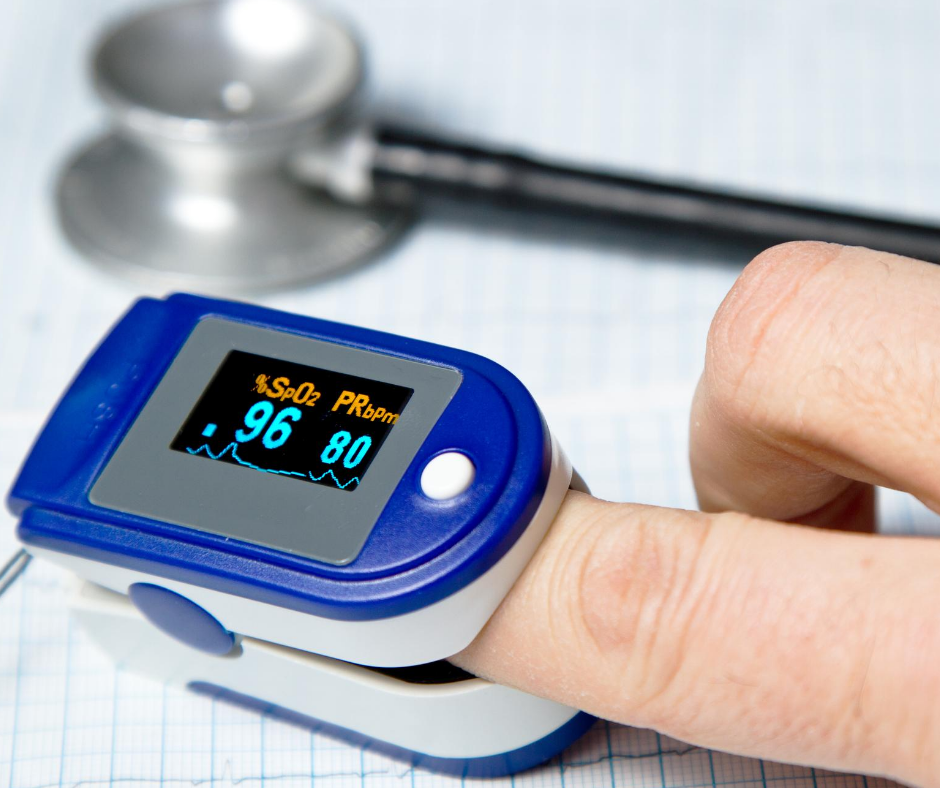
- Vaccines: your doctor will recommend you getting the flu shot, the whooping cough and pneumonia vaccine (every 5-7 years) to reduce the risk of other respiratory problems
Cystic Fibrosis

Cystic Fibrosis (CF) is an inherited condition that causes serious and persistent damage to your respiratory system. It causes the build-up of an excessively thick and sticky mucus that on its turn leads to blockages in the lungs and airways, leading to serious respiratory failure and bacterial infections in the lungs.
The lung function declines and over time permanent damage to the lungs result in severe breathing problems. It can also affect other organs such as pancreas, liver, and intestines, leading to serious health issues such as malnutrition, poor growth, weightloss, diabetes and vitamin deficiency.
How to treat Cystic Fibrosis?
The onset of the condition demands treatment. These treatments have greatly improved in recent years and are targeted to controlling and preventing lung infections, loosening and removing the thick mucus and preventing the blockage in the intestines.
Your GP might prescribe mucus-clearing medication, antibiotics, anti-inflammatory drugs, or bronchodilators, depending upon your symptoms.
- Mucus-clearing medication can be very effective at making the mucus less sticky and much thinner, helping it leave the lungs quicker. A mucus clearing device may be beneficiary as well as it is a drug-free alternative that optimises the lungs.
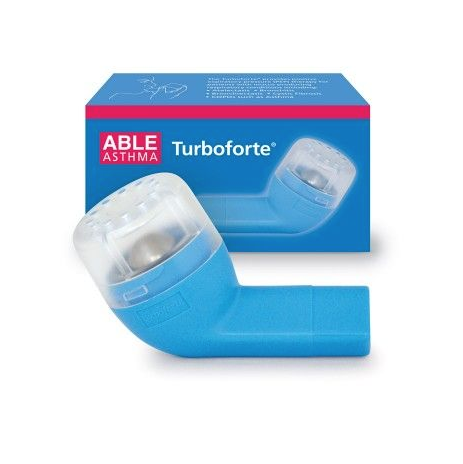
- Antibiotics treat or prevent infections that may have occurred due to mucus build-up, while anti-inflammatory drugs help relieve any pain or fever induced by CF.
- Bronchodilators help relax the muscles and improve airflow, allowing you to breathe better even with a build-up of mucus. This improves healing and ensures CF does not cause more damage to the lungs.
Would you like to know more about Cystic Fibrosis? Get it touch with Cystic Fibrosis Australia
Conclusion
When it comes to treating chronic lung diseases, breathing treatments are critical components of lung care.
Our lungs need daily care and attention. To improve your lung health and keep these vital organs getting or going strong, other respiratory daily living aids such as nebulisers, spacers and mucus clearing devices might help you as well.
Ultimately, there is no right treatment that will work for everyone. However, finding strategies to help you build healthier lungs will undoubtedly bring you closer to experiencing a better quality of life.



























